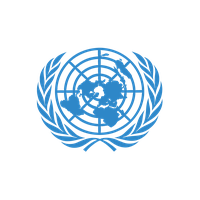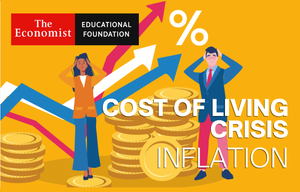
International Day for the Eradication of Poverty
Taking place on 17th October every year.
Raising awareness of the need to eradicate poverty.
About the event
First held in Paris in 1987 by the activist priest Father Joseph Wresinski, this day was initially intended to honour victims of poverty, hunger, violence and fear. In 1992 it became a UN observance and has since been used as an opportunity to support dialogue between those in poverty and the rest of society. This is a day to think about the causes of poverty and what we can do about them.
How to approach
There are many ways to approach the issue of poverty. Firstly, it's essential for children to understand what poverty is, what forms it can take, and where it may occur. Generally speaking, poverty is when one has insufficient access to basic resources such as food, shelter or water. There are two main kinds of poverty: absolute and relative. Absolute poverty is when someone cannot access enough basic resources by any standard. Relative poverty is when someone cannot access enough resources relative to a particular standard of living, for example compared to other people in one’s country. This means that poverty can take many forms from absolute destitution to hidden forms of poverty where working people still struggle to afford things. It also means that poverty occurs all over the world, from our own communities to far far away.
One key thing to be aware of is how poverty may affect students in your own class. By exploring the different aspects of poverty students may find comparisons to their own lives or people they know. This is especially the case given the cost of living crisis, which we have covered in one of our in-focus topics. It's crucial therefore that this topic is approached in the right way. One useful thing to do, especially for younger children, is to avoid harsh words and concepts such as destitution, famine etc. Instead talk about people not having quite enough money, not enough food or uncomfortable living conditions.
From this point, a good way to frame this conversation in a positive light is to focus on solutions. Questions you can focus on here are: If someone is struggling, how can those around us help them? How can we tell if someone is having a hard time? Show that in periods of hardship, the most important tool we have is community. We can apply this thinking to the global community right down to our local community. Explore ways that we can help struggling people at these different levels of proximity. In our community you could talk about the support available in schools, from local government, community groups or food banks. At the international level you could talk about UN programmes, NGOs that provide aid or volunteers who help those in need.
Organised by
United Nations

Conversation starter
The world's 26 richest people own as much as the poorest 50% (almost 4 billion people). Together, using just 1% of their money, billionaires could give every child an education, every mother and child health care, and everyone safe water, good sanitation and access to energy. Why might someone choose not to do this? Taxes are used to help share out money among a community, do you think this is fair? What do you think would happen if it was made illegal to have more than a million pounds?




